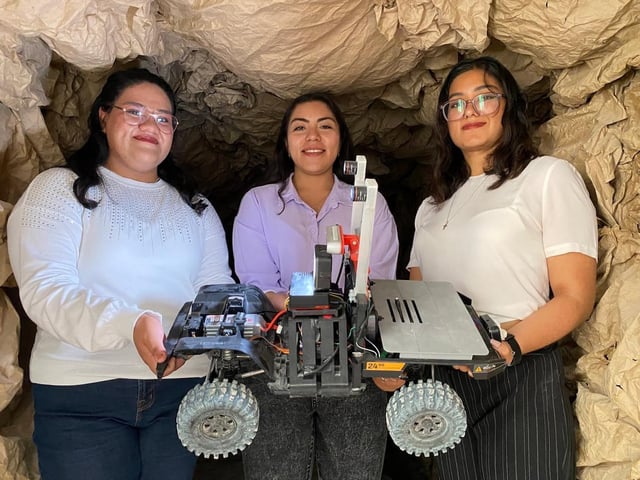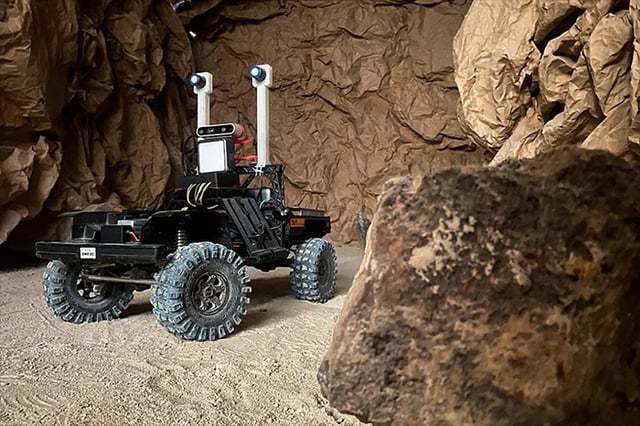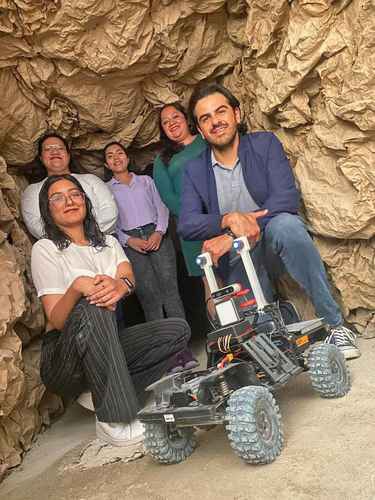Overview
- The UPIITA telematics team built a rover that detects geological risks, extreme conditions and toxic gases inside mines using neural vision.
- Hardware includes a Raspberry Pi 5, a depth camera, a lamp and CO and NO2 sensors mounted on a commercial exploration platform.
- Visual SLAM data are processed offline at a base station to generate detailed 3D models that highlight fractures, collapse zones, rocks and flooding.
- A web system stores and visualizes 3D maps with geospatial location, exploration timestamps and gas measurement graphs from each run.
- Training drew on about 5,500 images augmented to 13,000 from a Durango mine and a scale model, and the project is presented under President Sheinbaum’s commitment 33, with reports differing on possible patent plans.


